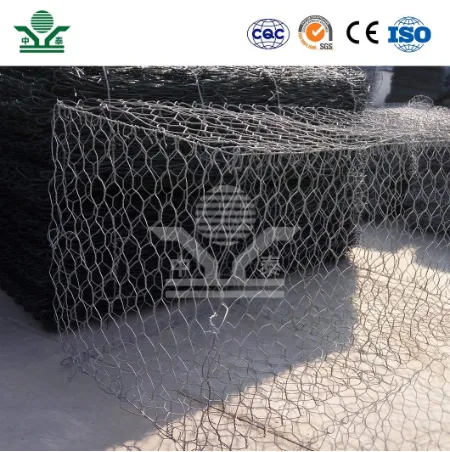How Do Noise Barriers Work?
Noise pollution has become a significant issue in modern society, particularly in urban areas where traffic and industrial activities dominate the landscape. To combat this rising concern, noise barriers have emerged as effective solutions. But how do these barriers work, and why are they so crucial in reducing noise pollution?
Noise barriers, also known as sound walls or acoustic barriers, are specially designed structures that mitigate the transmission of sound from one area to another. They are commonly installed alongside highways, railways, and other noisy infrastructures to protect residential neighborhoods, schools, and parks from excessive noise levels. These barriers can be made from various materials, including concrete, wood, metal, and specially designed acoustic panels, each chosen for its sound-absorbing and sound-blocking properties.
How Do Noise Barriers Work?
In addition to reflection, sound barriers also utilize absorption. Some materials are better at soaking up sound waves, converting the energy of the sound into small amounts of heat rather than allowing it to travel further. For instance, materials like acoustic foam or porous concrete can greatly reduce the amount of noise that passes through them. This dual approach of reflection and absorption is what makes noise barriers particularly effective at reducing overall noise levels in urban environments.
how do noise barriers work

The effectiveness of a noise barrier depends on several factors, including its height, length, and the materials used. Typically, barriers need to be a certain height to significantly reduce noise levels on the other side. For instance, research has shown that a barrier must be taller than the source of the noise and the receiver of that noise in order to provide meaningful attenuation. The distance from the noise source also plays a critical role; the farther away the barrier is from the noise source, the more beneficial its impact is on noise reduction.
While noise barriers are primarily designed to protect against transportation noise, their benefits extend to improving the quality of life for residents and enhancing environmental conditions. Studies have shown that reducing noise pollution can lead to lower stress levels, improved sleep quality, and increased property values. Moreover, local ecosystems can benefit from lower noise levels, promoting a healthier habitat for wildlife.
However, it is essential to note that noise barriers are not a one-size-fits-all solution. Local regulations, aesthetic considerations, and community needs must be taken into account when planning and installing these structures. Some barriers are designed to blend with the natural landscape, incorporating vegetation to enhance their ability to absorb sound and improve aesthetics.
In conclusion, noise barriers are a vital tool in managing urban noise pollution. By employing the principles of sound attenuation through reflection and absorption, these structures play an essential role in protecting communities from the adverse effects of noise. As cities continue to grow and evolve, noise barriers will remain crucial in creating more livable environments, enhancing public health, and preserving tranquility in our increasingly noisy world.
-
Comprehensive Guide to Steel Grating Price and Its Global Impact
NewsNov.24,2025
-
Understanding Heavy Duty Steel Grating Price: Global Insights & Industry Trends
NewsNov.23,2025
-
Essential Guide to Wire Mesh Grating: Uses, Benefits & Innovations
NewsNov.23,2025
-
Welded Steel Bar Grating: Durable Solutions for Industrial Walkways & Infrastructure
NewsNov.22,2025
-
Wedge Wire Drain Solutions: Durable, Efficient Water Filtration and Drainage
NewsNov.22,2025
-
Comprehensive Guide to Twisted Bar Grating – Uses, Benefits & Future Trends
NewsNov.22,2025
Subscribe now!
Stay up to date with the latest on Fry Steeland industry news.

